Hue, an ancient city in Vietnam, is renowned for its impressive architectural heritage from the Nguyen Dynasty. But did you know that it is also known as “The City of Flowers”? Among the many floral delights, one flower that truly symbolizes Hue is the frangipani, or the Porcelain flower.
Step inside the Imperial Citadel, and you’ll find frangipani trees with their white, fragrant flowers blooming around a pavilion’s courtyard. The scent of these flowers is especially captivating at night. The frangipani is a tropical beauty, bearing colorful and scented flowers from November to April.
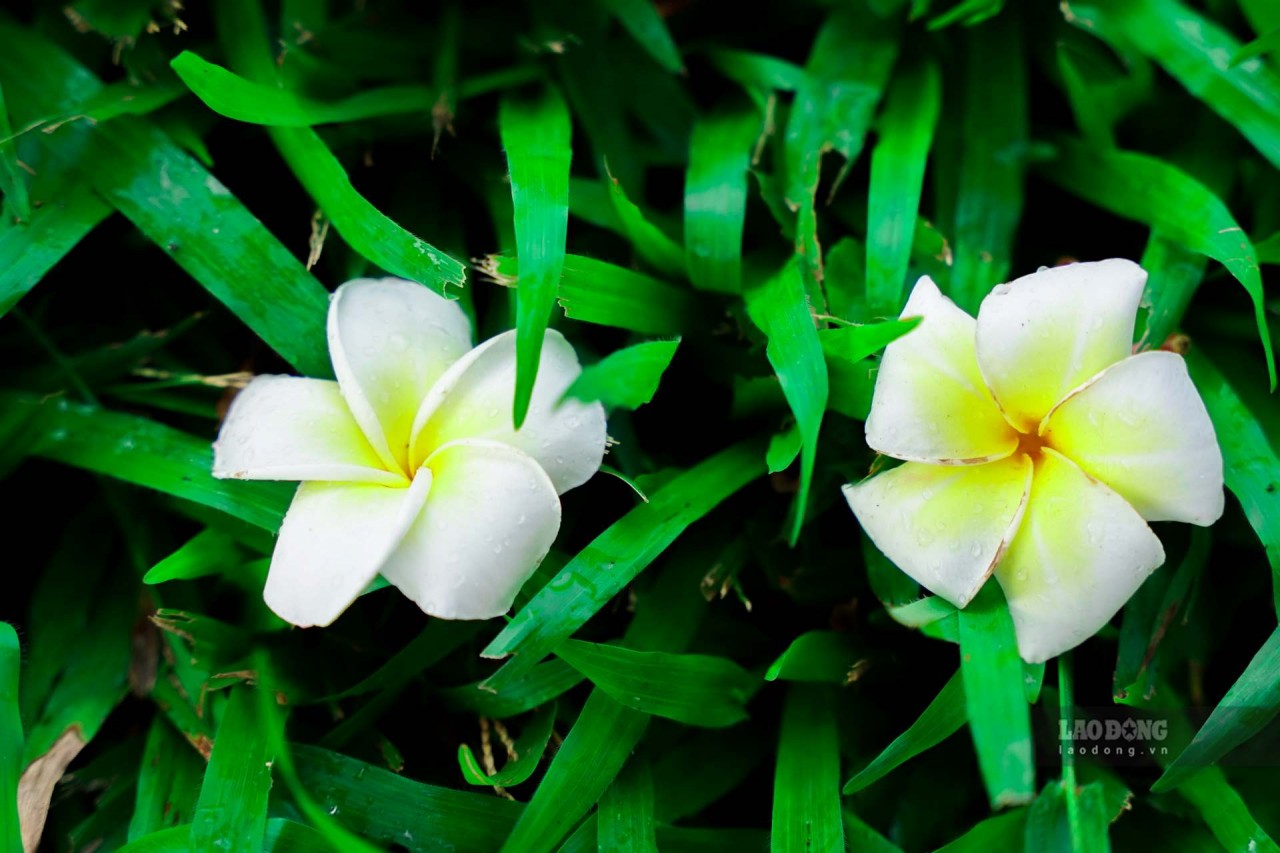 |
| Frangipani trees with white flowers inside the Imperial Citadel. Photo: Lao Dong |
The flowers grow in clusters at the end of branches, and their fragrance is truly unique. With waxy petals and a differently colored center, they come in a variety of shades, from deep crimson and pale pink to white, yellow, orange, and everything in between. And unlike some flowering trees, frangipanis bloom for months, not just days or weeks.
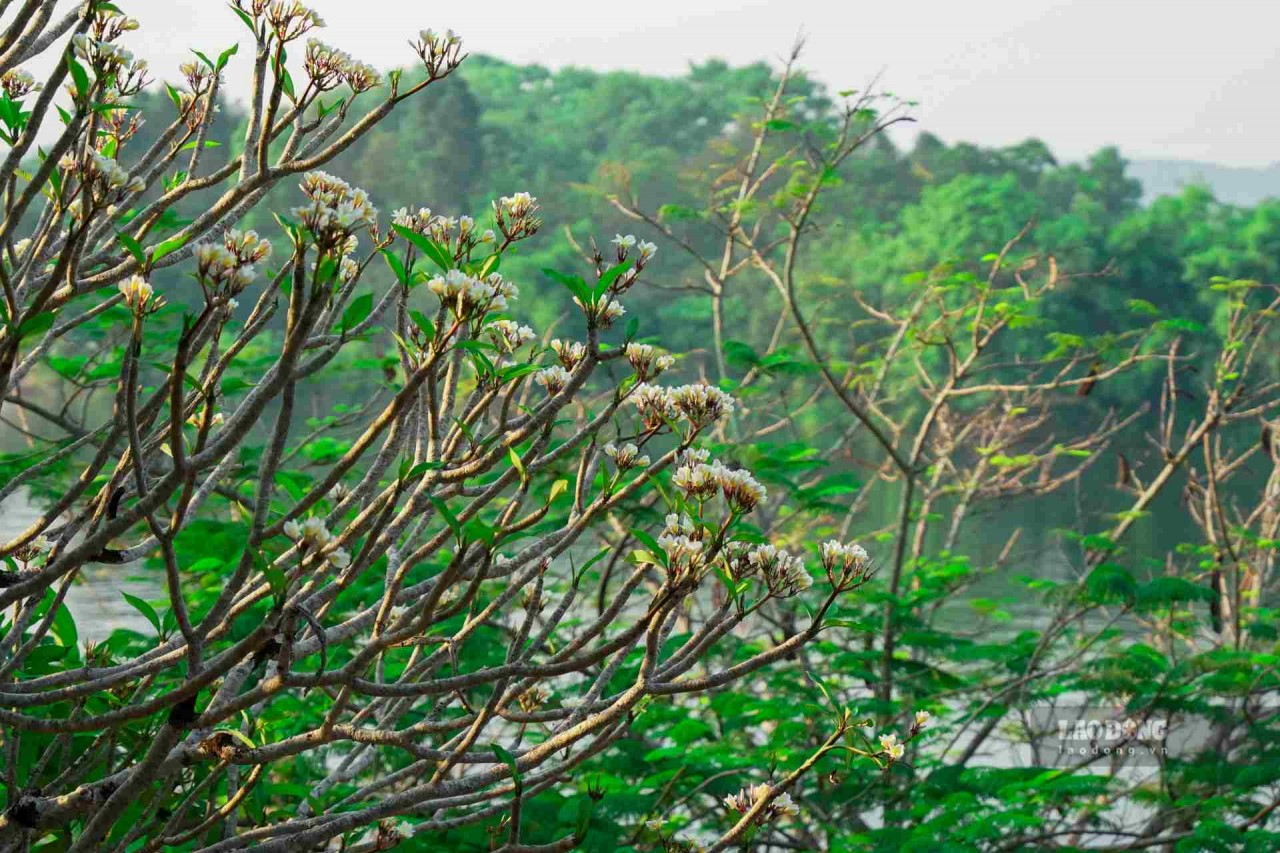 |
| Frangipani flowers appearing in clusters. Photo: Lao Dong |
In Hue, the frangipani, or Porcelain flower, is more than just a pretty sight. It holds symbolic value, representing luck and happiness. You’ll find these flowers adorning the Hue Citadel area, Thien Mu Pagoda, and other landmarks. At Thien Mu Pagoda, for instance, dozens of white porcelain flowers create a dreamy, fragrant garden.
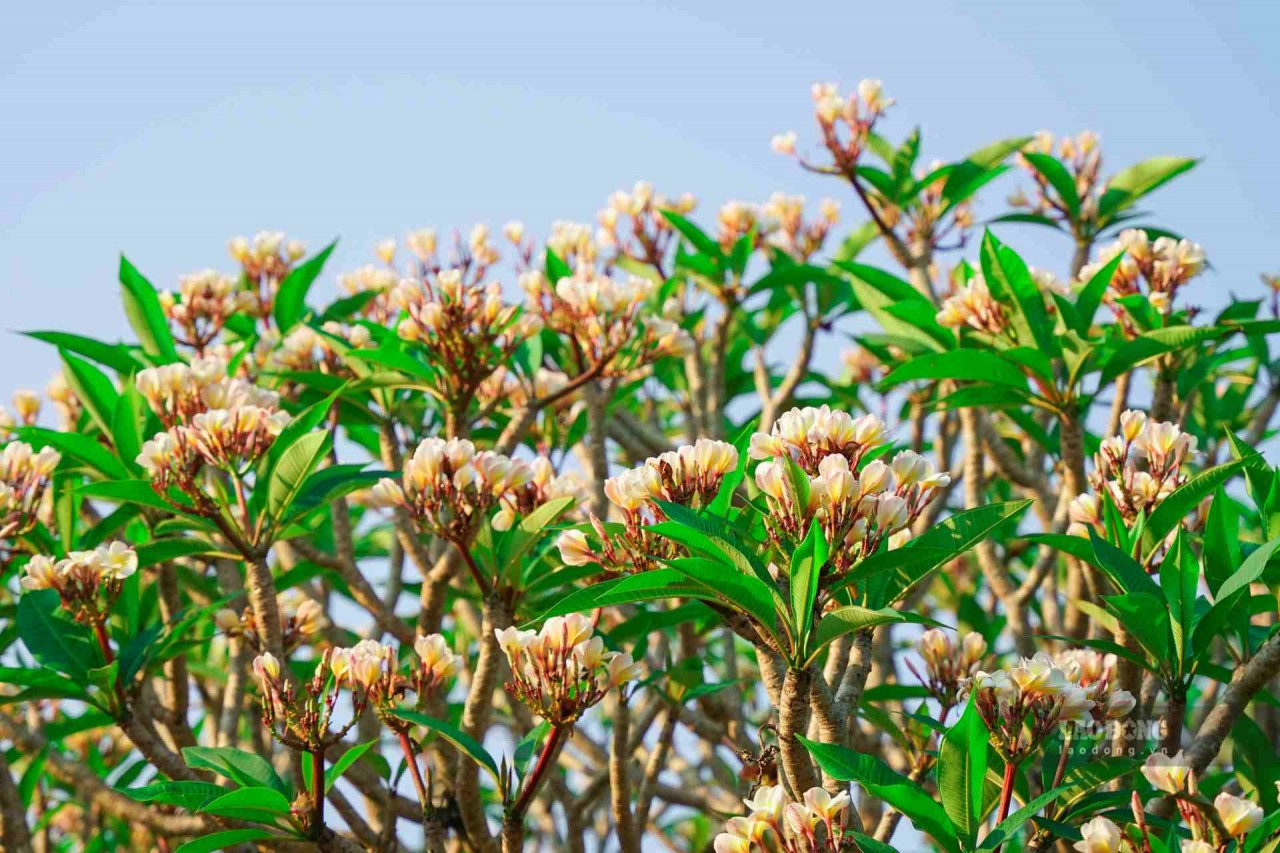 |
| White porcelain flowers at Thien Mu Pagoda. Photo: Lao Dong |
The white porcelain flower is a beloved part of Vietnam’s flora, commonly grown across the country. In Hue, it graces not just communal houses and temples but also public spaces and iconic buildings like the Imperial Palace, royal tombs, palaces, and pagodas. With its broad foliage and distinctive leaves, the porcelain flower tree typically grows to a height of 3 to 5 meters, featuring a large, gray-white trunk with long, spreading branches.
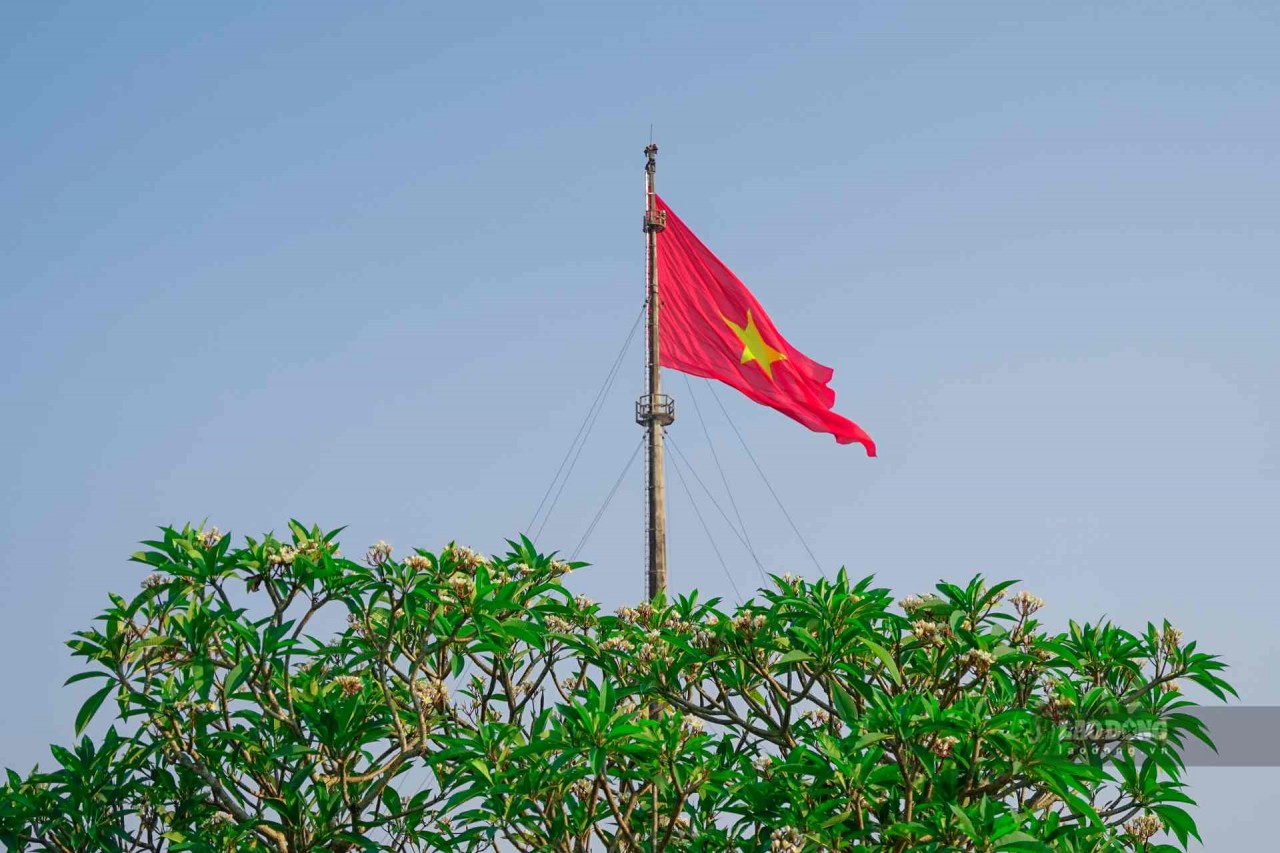 |
| White porcelain flowers, a beloved part of Vietnam’s flora. Photo: Lao Dong |
Nestled along the Perfume River, Hue is a city of rich history and natural beauty. It is home to the UNESCO World Heritage Site of the Imperial City, where ancient palaces stand as a testament to its royal past. As you explore Hue, you’ll discover stunning palaces, majestic temples, and serene pagodas that offer a glimpse into Vietnam’s royal heritage.
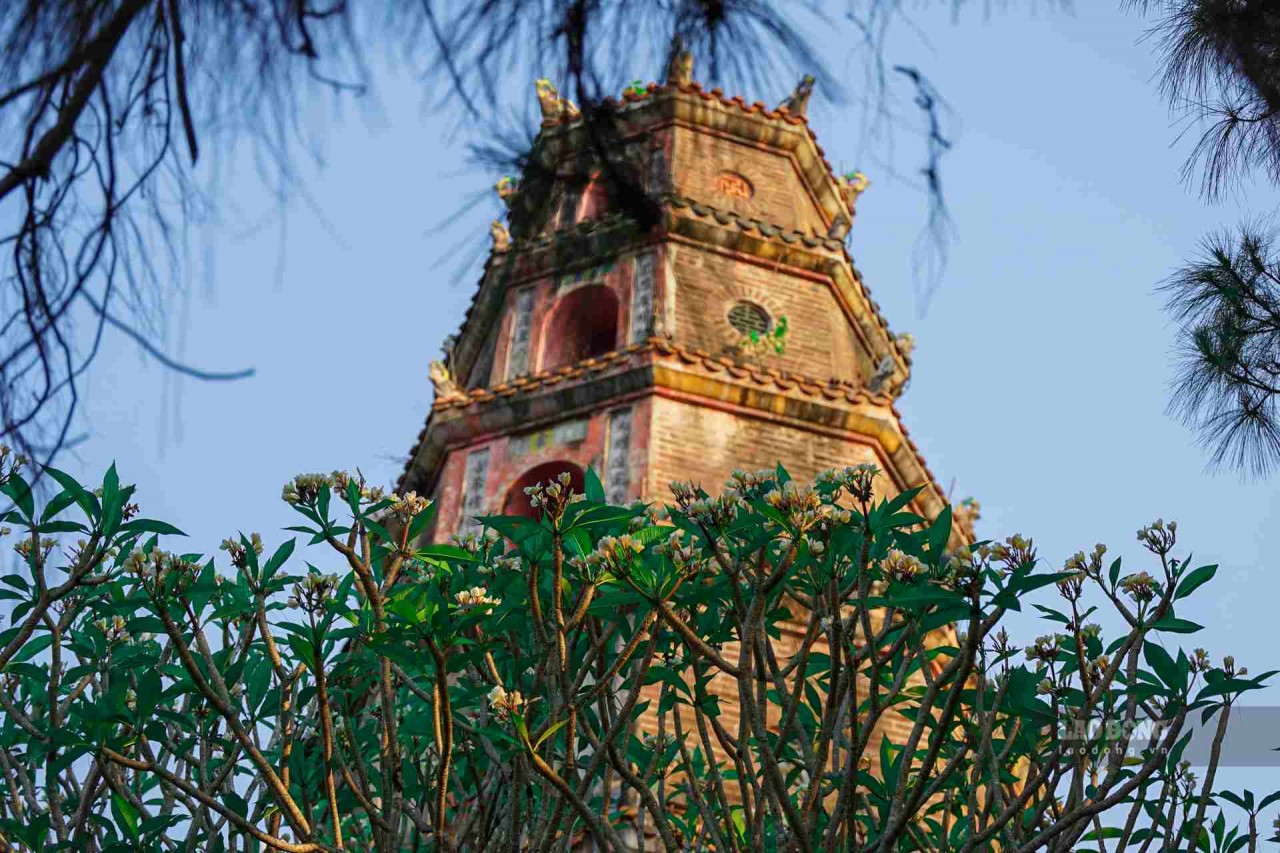 |
| The Imperial City of Hue, a UNESCO World Heritage Site. Photo: Lao Dong |
One of the highlights of Hue is the Hue Historic Citadel, which was once the residential and administrative center of the royal family. Within its walls lies the Forbidden City, a fascinating complex. The city is also home to famous tombs, resting places of emperors, and the World Heritage Site of An Dinh Palace. For those interested in education, Hue High School for the Gifted, the city’s first high school, offers a glimpse into Vietnam’s educational history.
Beyond its historical and cultural attractions, Hue also delights visitors with its romantic ambiance and natural wonders. Take a stroll on the iconic Truong Tien Bridge while enjoying the scenic Perfume River. Witness the stunning sunset views from Vong Canh Hill, or escape to the serene Tam Giang Lagoon. For beachgoers, Thuan An Beach offers a chance to swim and relax, while Lap An Lagoon provides a breathtaking view of an 800-hectare brackish lagoon. And for nature enthusiasts, Bach Ma National Park is a semi-tropical rainforest paradise.
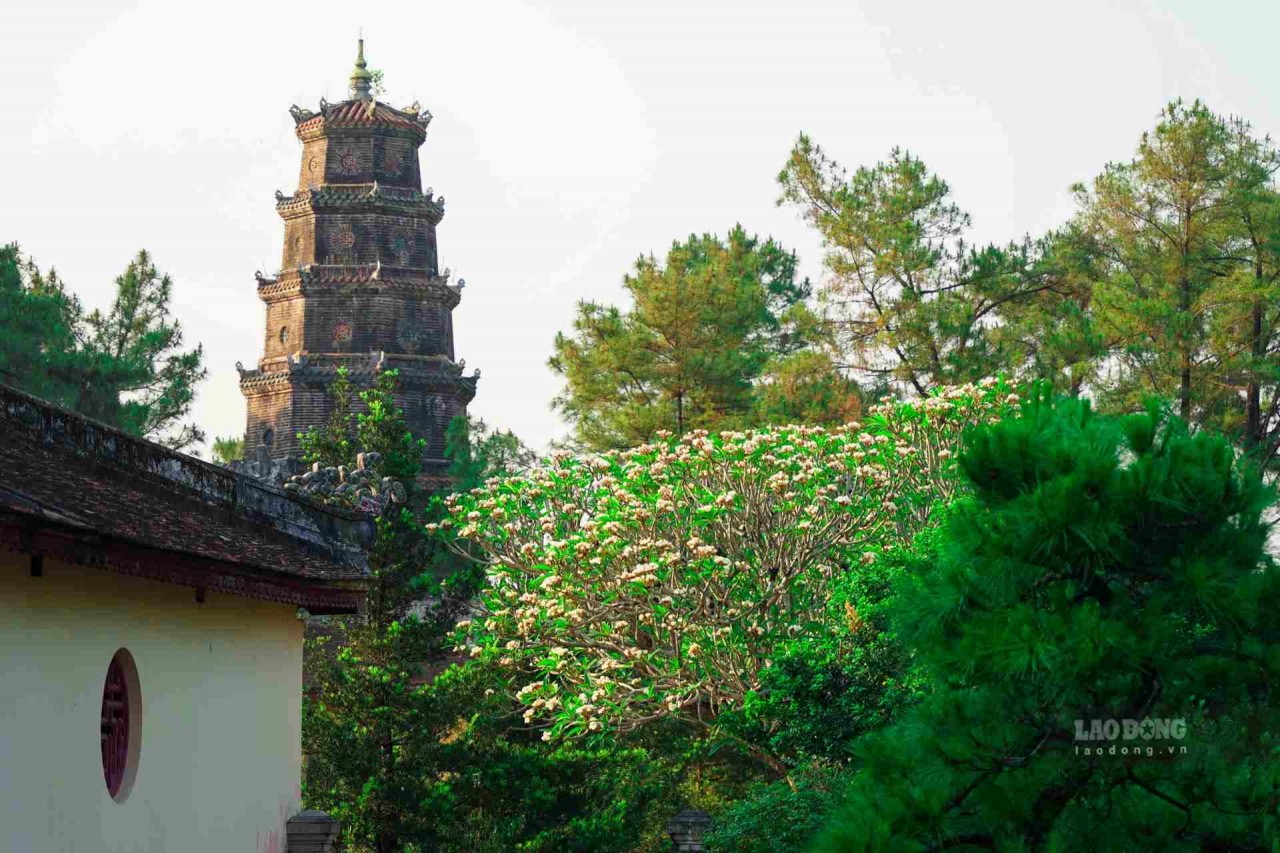 |
| The scenic Perfume River in Hue. Photo: Lao Dong |
Hue’s culinary scene is just as captivating as its natural beauty. Along the city’s streets, you’ll find an array of local food stalls serving delicious dishes like bun bo Hue, a noodle soup with a fragrant broth, and mussel rice (com hen), a simple yet flavorful local favorite. Other must-try dishes include banh beo, banh canh, banh bot loc, and nem lui, all contributing to Hue’s vibrant cuisine. And for vegetarians, many restaurants in Hue offer a variety of vegetarian options as well.



